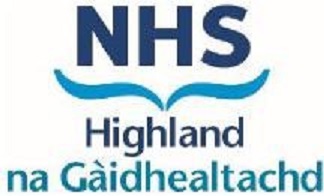Staff training
Seroma assessment and drainage is considered to be an extended nursing practice. Staff will have been trained under supervision and agreed to be competent in seroma assessment and drainage before performing the procedure themselves. A competency sheet is attached in Appendix 1.
Method/procedure

Equipment required
- Trolley or firm base
- 20ml or 50ml syringe
- 19 G winged infusion set (1.1 x 19 mm)
- Disposable gloves / apron
- Inco sheet or similar
- Skin disinfectant wipe or device
- Sharps box
- Disposable bowl
- Gauze / dressing tape
- Small plaster
PROCEDURE | RATIONALE |
Assess patient | Ascertain ‘degree’ of seroma and if this indicates drainage |
Position patient comfortably usually in an upright sitting position on couch | |
Explain procedure to patient and obtain verbal consent | |
Prepare equipment | |
Wash hands | Minimise risk of infection |
Clean and prepare trolley/ base for equipment | Ensure cleanliness is maintained. |
Put on disposable gloves | Potential of contamination by seroma fluid. |
Prepare 20ml or 50 ml syringe and 19g winged infusion set | Large bore needle facilitates aspiration. Large syringe reduces disconnection required. |
Cleanse patient skin using disinfection wipe and allow to dry | Achieve full topical cleanliness |
Insert needle into central or lower aspect of the seroma | Gravity assists aspiration. Ensuring chest wall is not punctured |
Aspirate seroma noting amount and type of fluid | Accurately record for progress |
If seroma does not immediately aspirate – gently move needle within fluid If aspiration is unsuccessful another puncture site can be used, maximum 3 attempts | Seromas can be loculated |
Use new needle for each further attempt | Maintain cleanliness |
When aspiration complete, apply gauze or cotton wool with slight pressure, then small plaster or dry dressing | To reduce seroma leakage from needle insertion site and maintain cleanliness |
Ensure patient feels comfortable | |
Discuss need for next appointment Encourage patient to contact Breast Care Nurses if they have any concerns or queries | Keep patient informed and reduce anxiety |
Document in patient's nursing or medical notes | Maintain accurate records, assist accuracy when communicating with colleagues |

